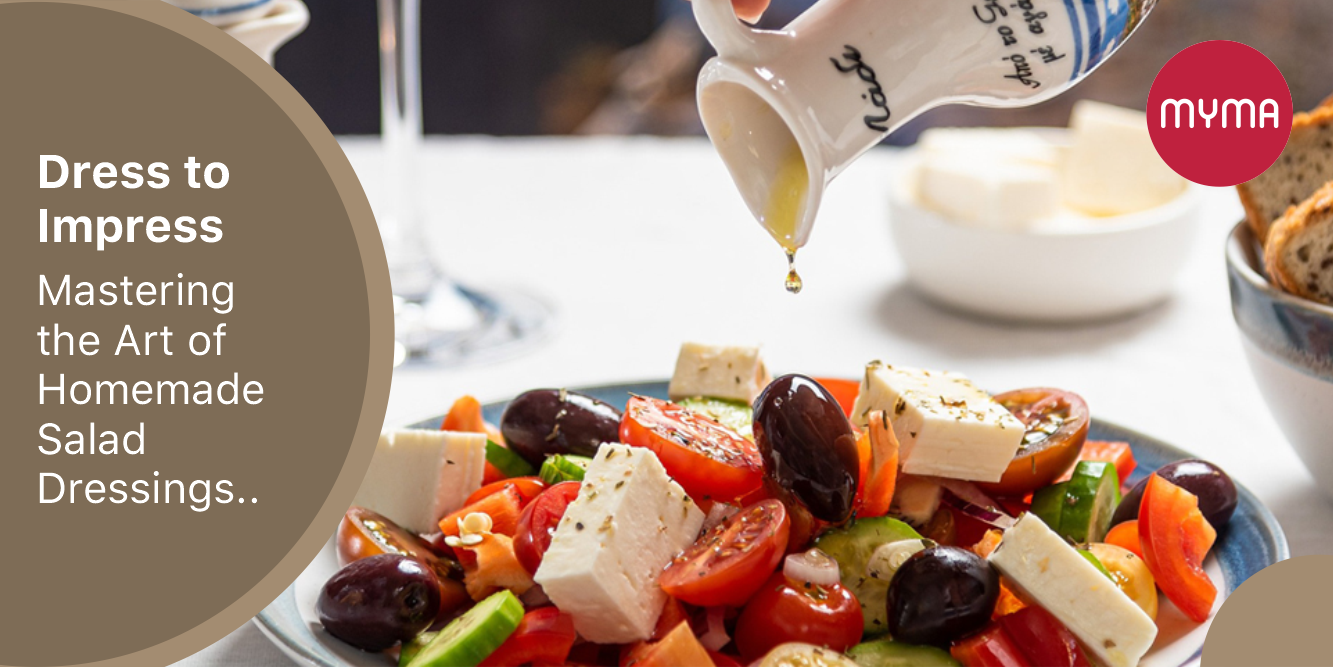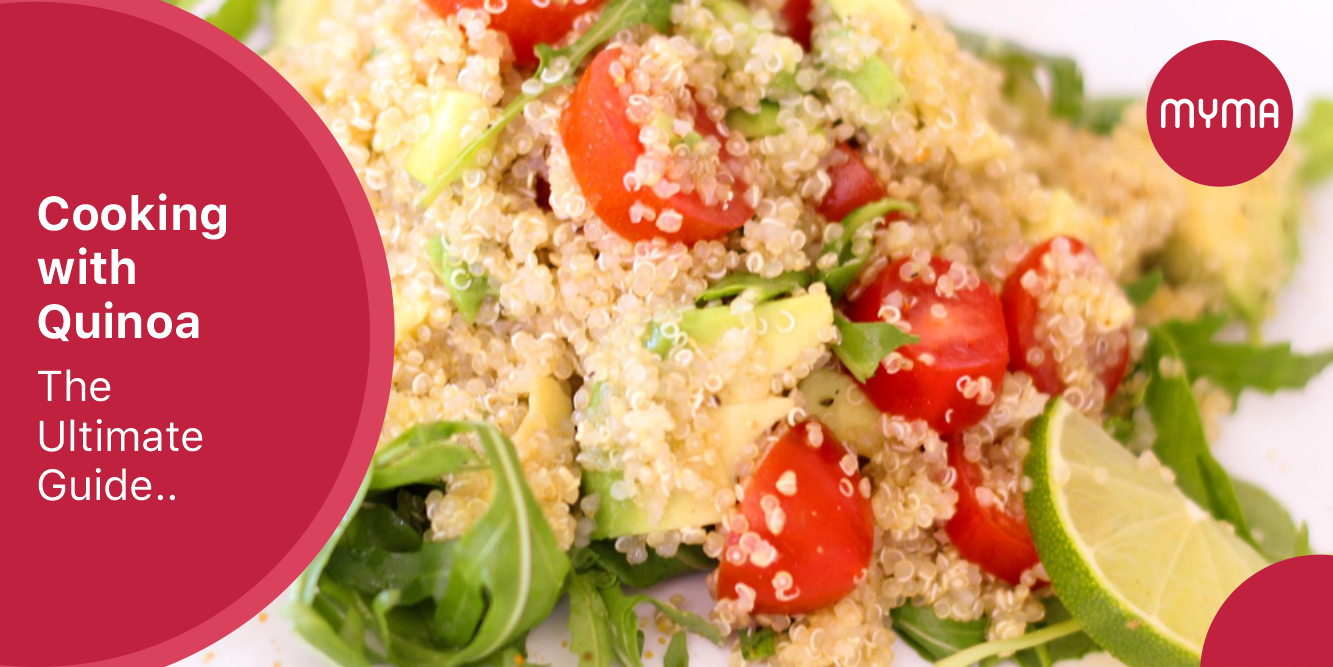Salad dressings can make or break a salad. Store-bought dressings often contain unhealthy additives and are loaded with sugar and salt. Homemade dressings are a great alternative, as they are healthier and more delicious. In this post, we will discuss how to make homemade salad dressings and share some tips and tricks to help you get started.
Why make your own salad dressings?
Making your own salad dressings has several advantages. First, you have complete control over the ingredients, so you can avoid unhealthy additives and control the amount of sugar and salt. Second, homemade dressings are much fresher than store-bought ones, as they are not loaded with preservatives. Third, you can customize the dressing to suit your taste preferences.
The basic components of a salad dressing
Salad dressings are usually made up of four basic components: oil, acid, flavorings, and sweeteners. The oil provides the base of the dressing and helps to emulsify the other ingredients. The acid gives the dressing its tangy flavor and helps to balance the richness of the oil. Flavorings can include herbs, spices, mustard, and garlic. Sweeteners such as honey, maple syrup, or agave can be added to balance out the acidity.
Types of oils for salad dressings
There are many types of oils that can be used for salad dressings, including olive oil, canola oil, sunflower oil, and avocado oil. Olive oil is a popular choice for dressings because of its flavor and health benefits. However, other oils can also be used, depending on your preferences and the type of salad you are making.
Flavorings for salad dressings
Flavorings can take your salad dressing from ordinary to extraordinary. Herbs like basil, parsley, and cilantro can add freshness and depth of flavor. Spices like cumin, paprika, and curry powder can add warmth and complexity. Mustard can add tanginess and help to emulsify the ingredients, while garlic can add a pungent flavor.
Sweeteners for salad dressings
Sweeteners can help to balance out the acidity in a dressing and make it more palatable. Honey, maple syrup, and agave are all great options for sweetening your dressing. However, it is important to use them in moderation, as too much sugar can overpower the other flavors in the dressing.
Tips and tricks for making homemade salad dressings
Making your own salad dressing is easy and rewarding. Here are some tips and tricks to help you get started:
1.Use a high-quality oil and vinegar for the best flavor.
2.Whisk the dressing together thoroughly to emulsify the ingredients.
3.Taste the dressing as you go and adjust the seasoning as needed.
4.Use a blender or food processor to make creamy dressings.
5.Store leftover dressing in an airtight container in the refrigerator for up to a week.
Conclusion
Making your own salad dressings is easy, delicious, and healthier than buying store-bought dressings. By following these tips and tricks, you can create your own signature dressings that will elevate your salads to the next level. Try making a batch today and see how easy it is to create a dressing that suits your taste preferences.
Myma… Ghar jaisa nahi, Ghar ka khana!





